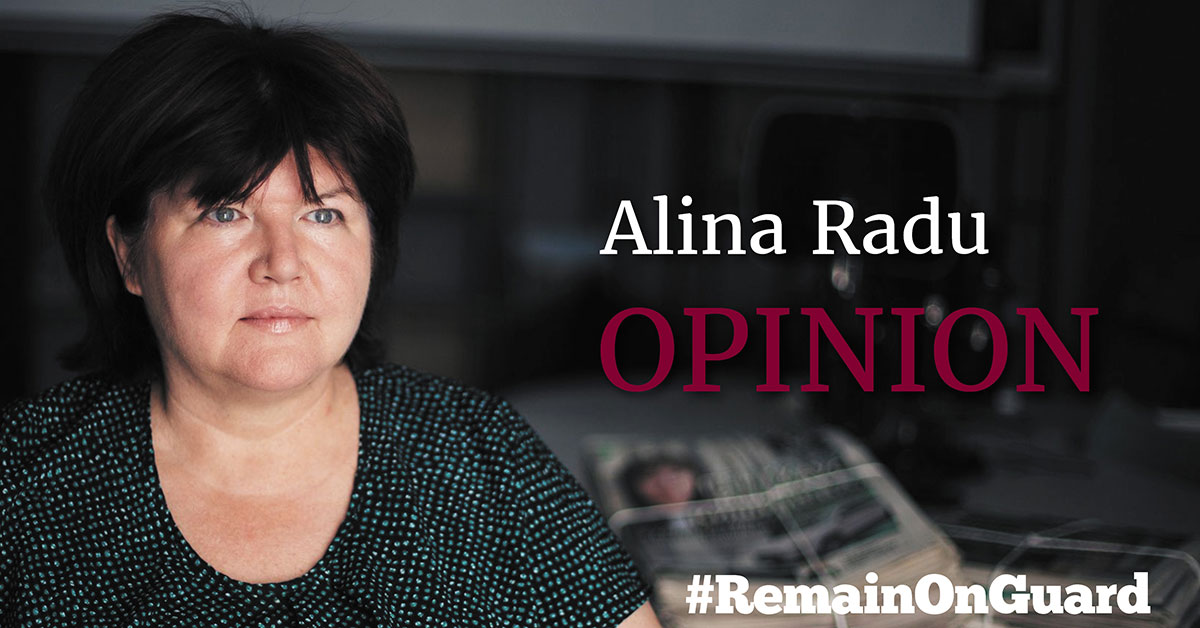30 Years of Convulsions. It’s Resuscitation Time

This week we watched a symptomatically sad meeting between three former Soviet countries’ presidents: Vladimir Putin invited Armenian Prime Minister Nikol Pashinyan and Azerbaijani President Ilham Aliyev to a meeting to discuss the Nagorno-Karabakh issue. The photos from that meeting show the true state of relations between the three leaders and between anyone for whom Vladimir Putin is involved in peacekeeping plans: tense, dissatisfaction, humiliation, the uncertainty of the process, and successful prospects.
This week the contrast between the actions of Soviet-born presidents and the newest ones was visible than ever. Why namely now, if for 30 years we have been discerning the contrast between the way pro-European and pro-Soviet leaders govern? That is why the 30th year begins this week. The Vilnius lessons seem to resonate more with the need for the ex-Soviet space to break away from Moscow and remain only in the area of pragmatic communication, not in the area of economic or military dependencies.
January 13, marked exactly 30 years since Lithuania defeated the Soviet Union. Although the liberation struggle from the Soviet occupation was fierce, Lithuania suffered human losses. The country was the first to create the fissure that ensured the system’s downfall based on corrupt nomenclature that ruled through repression, forced nationalization, and manipulation.
On January 8, 1991, the Vilnius parliament decided to declare its independence from the USSR. The conditions under which the Lithuanian people and their elected representatives decided were dramatic: the legislature was full of pro-Russian forces, as were the government and the security systems. For a week Russian military tanks went non-stop to the Vilnius Parliament, public television, and strategic institutions. The Lithuanians also gathered there to defend their freedoms. There were unequal battles between the Soviet army and Lithuanian citizens. In just three days, Russian military forces killed 14 people and injured hundreds of people.
The victims were ordinary Lithuanian people, students, workers, engineers. The Lithuanians suffered a lot but did not give up. January 13 remains in the history of this country, and also of Europe’s, as a day of courage and victory for independence. Latvia and Estonia followed Lithuania and the USSR simply fell apart in a few months.
Ukraine and Moldova separated from the USSR among the last, one – on the 24th and the other – on August 27, 1991. But did they really detach from the USSR? Both remained with Russian armies on the territory. Moldova did not have leaders brave and agile enough at the beginning, or non-blackmailed enough later to cause the Russian army to leave and gain independence. Ukraine did not support Moldova for about 25 years in this effort, taking the side of Russia in Transnistrian dialogues until the occupation of Crimea territory.
January 2021 bears little resemblance to January 1991. Vladimir Putin is increasingly resembling the rotting USSR, issuing obstructive laws, and the corruption surrounding him is more difficult to hide and control, while citizens are living a more difficult life. The Russian armies remain on the territory of Moldova, Ukraine, Georgia, Armenia, but also in Azerbaijan, Belarus, Kazakhstan, Kyrgyzstan, Tajikistan for 30 years.
There are no more Russian tanks and soldiers in Lithuania, Latvia and Estonia, and from the moment they liberated themselves, the countries became members of the EU, raising their living standards and providing citizens with conditions and opportunities for development. The other post-Soviet states hosting Russian armies passed through the CIS, customs unions, and other deeds that have gone off into the disinterest of citizens.
In parallel with the non-stop protests in Belarus, but also in Khabarovsk, president Zelensky’s meeting with president Sandu could form the basis of a January that has been delayed by 30 years.



